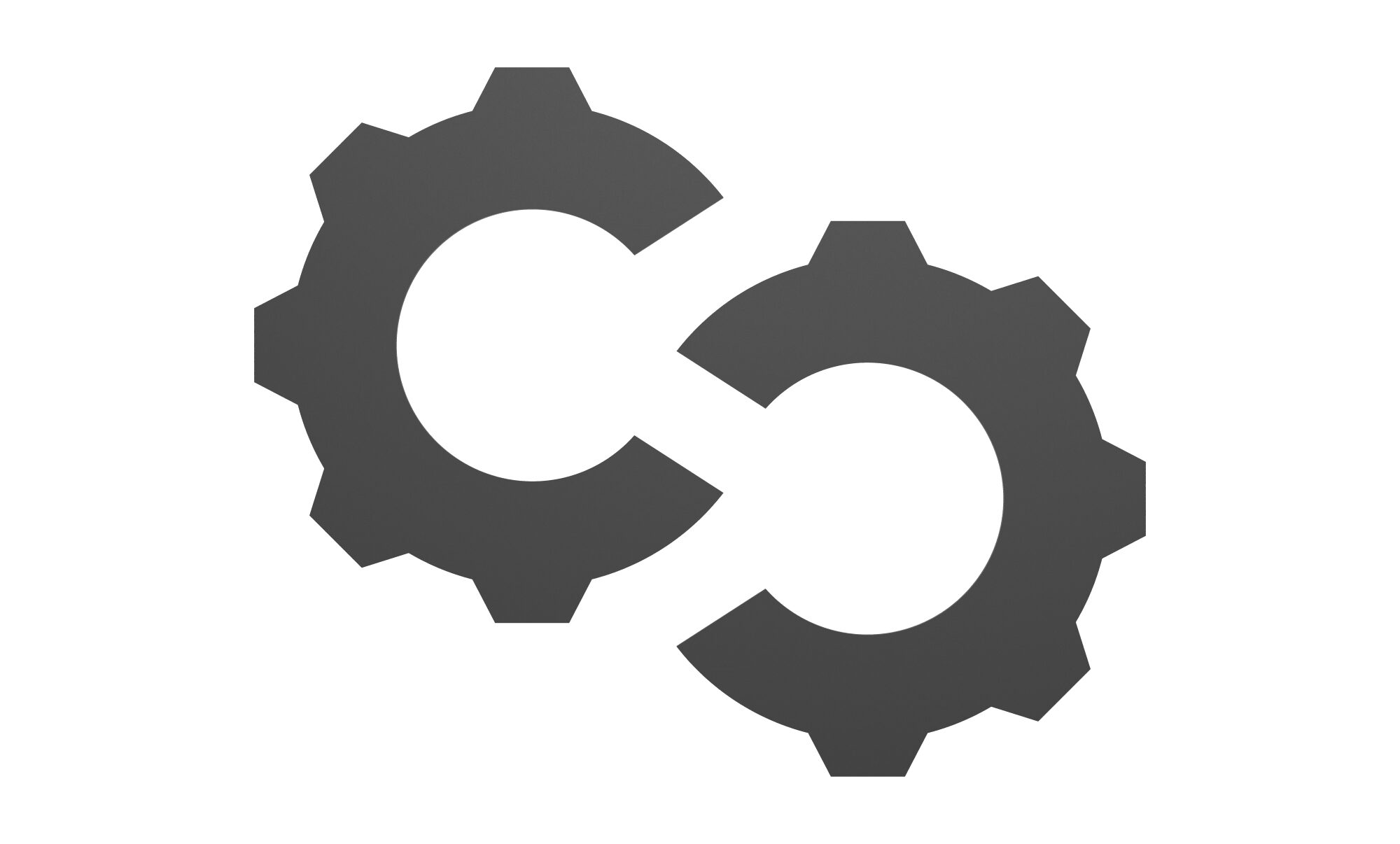Critical Compression LLC is a manufacturer of custom PLC control panels that are designed to control and monitor industrial processes in various industries such as oil and gas, chemical, and petrochemical. These custom PLC control panels are built using industry-leading hardware and software from manufacturers such as Allen Bradley, Siemens, Snider Electric, and Murphy Controls.
Custom PLC control panels typically consist of several components that work together to control and monitor industrial processes. These components include:
- PLC hardware: The central processing unit (CPU), input/output (I/O) modules, power supply, communication modules, and other accessories from industry-leading manufacturers such as Allen Bradley, Siemens, Snider Electric, and Murphy Controls.
- HMI (Human-Machine Interface): The graphical interface that allows operators to interact with the control panel and monitor the status of the system. The HMI is typically built using software such as Wonderware, Rockwell Automation, or Siemens.
- Sensors and actuators: Devices that provide input signals to the PLC, such as temperature sensors, pressure sensors, switches, and valves. These devices are carefully selected to meet the specific requirements of the industrial process being controlled.
- Control devices: Devices that receive output signals from the PLC and control various processes, such as motors, pumps, valves, and heaters. These devices are also carefully selected to meet the specific requirements of the industrial process being controlled.
Custom PLC control panels are programmed using various programming languages and diagrams. These include:
- Ladder logic: A graphical programming language that uses ladder-like diagrams to represent the logical flow of a program. Ladder logic is widely used in industrial automation because it is easy to understand and modify.
- Function block diagram (FBD): A graphical programming language that uses blocks to represent functions and their interconnections. FBD is used for complex systems that require modular programming.
- Structured text (ST): A high-level programming language that uses a syntax similar to programming languages such as C and Pascal. ST is used for complex calculations and algorithms.
- Cause and effect diagrams: These diagrams are used to show the relationship between inputs and outputs in a process. They help designers understand the cause and effect of various system states and design appropriate control strategies.
- Control narrative: A written description of the control strategy for a process. It outlines the various control modes, setpoints, and alarms for the system.
These PLCs offer a range of features and capabilities to meet the specific requirements of the industrial process being controlled.
- Allen Bradley: Allen Bradley is a brand of Rockwell Automation that offers a range of PLCs, including the ControlLogix, CompactLogix, and MicroLogix series. Allen Bradley PLCs are known for their reliability, scalability, and ease of use.
- Siemens: Siemens offers a range of PLCs, including the Simatic S7-1200, S7-1500, and S7-300 series. Siemens PLCs are known for their high performance, flexibility, and advanced features such as motion control and safety.
- Schneider Electric: Schneider Electric offers a range of PLCs, including the Modicon M340, M580, and Premium series. Schneider Electric PLCs are known for their versatility, reliability, and ability to integrate with other systems.
- Murphy Controls: Murphy Controls offers a range of PLCs, including the PowerView and PowerCore series. Murphy Controls PLCs are known for their ruggedness, durability, and ability to operate in harsh environments.
